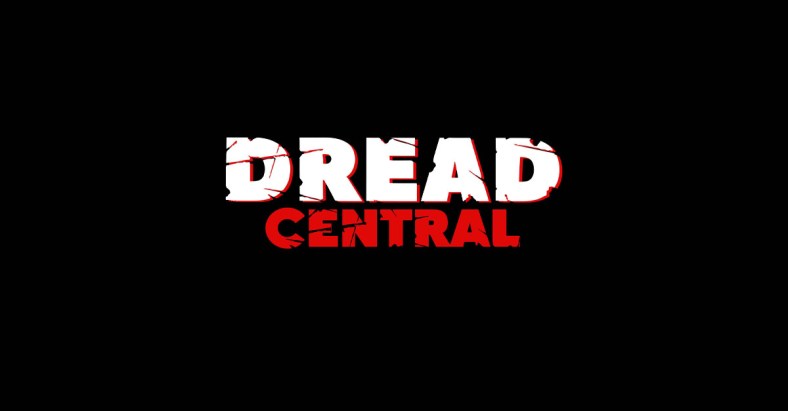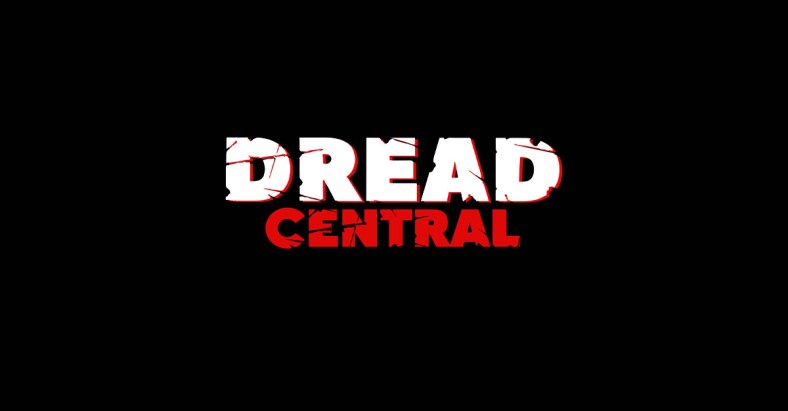A Nightmare on Elm Street 2: Freddy’s Revenge is a little like the Halloween III: Season of the Witch or Friday the 13th: A New Beginning of the Elm Street franchise. Not only does it depart from the established formula, it also takes some pretty unexpected turns. But, with the passing of time, fans have started to come around to it.
Synopsis:
Jesse Walsh (Mark Patton) moves with his family into the home of the lone survivor from a series of attacks by dream-stalking monster Freddy Krueger (Robert Englund). There, Jesse is bedeviled by nightmares and inexplicably violent impulses. It turns out Freddy needs a host body to carry out his gruesome vendetta against the youth of Springwood, Ohio. While Freddy gains influence, Jesse and his girlfriend, Lisa (Kim Myers), race against the clock trying to figure out what’s going on.
Freddy’s Revenge steps away from the familiar by functioning as more of a possession film than the story of a predator who can only reach you in your dreams. The flick further broke from the mold by playing a little fast and loose with the gay undertones as well as featuring some overtly gay overtones. That put a lot of fans off at the time of the picture’s release but over the past 35-years, Freddy’s Revenge has come to be regarded as something of a queer cult classic.
The process leading up to the flick’s current status as a camp favorite was a long and arduous one. The film took in a respectable $30-Million at the domestic box office in 1985 but was almost immediately lambasted by both critics and fans of the original. People wanted the Fred Krueger they met in the film’s 1984 predecessor, not some reimagined version that didn’t play by the same rules. And what was with all the gay stuff, man?
1985 was a very different time for the LGBTQ+ community. The word “gay” was tantamount to box office poison and the film was filled with a series of not-so-thinly-veiled homoerotic themes and references. In one such instance, Freddy is depicted as something inside lead character Jesse that Jesse is unable to control. If it were just that, audiences may not have been any wiser. But the gay overtones didn’t stop there. We were also gifted with a sadistic, gay gym teacher who is into S&M. Then, there is the Probe game in Jesse’s closet, the unforgettable dance sequence, and the ‘No Out of Town Chicks’ sign on Jesse’s door. But wait, I’ve yet to even mention Jesse’s preoccupation with his friend Grady, his lack of interest in getting intimate with his girlfriend, and the line, “He’s inside me and he wants to take me again.” Add in a complete lack of female nudity, the multiple instances of scantily clad and or naked men and you’ve got yourself a queer classic in the making.
But the film had to percolate for a bit in order to be revered as a landmark queer horror picture. At the time of the flick’s release, a major motion picture being associated with gay culture was less than ideal. For that reason, among others, Freddy’s Revenge was regarded as the black sheep of the franchise for quite a while. But with the passing of time and the widespread availability of the Internet bringing fans of the film together, the flick has had something of a second coming, even inspiring the moving and informative documentary Scream Queen: My Nightmare on Elm Street. The doc tells a compelling story and rights some old wrongs. Namely, helping to offset the notion that Mark Patton “made the movie gay”.
Synopsis:
Actor Mark Patton shares his story of being a closeted gay man while starring in A Nightmare on Elm Street 2: Freddy’s Revenge, a film that he began to suspect had homoerotic subtext.

Patton is a gay man and he did play the character a bit on the effeminate side. But screenwriter David Chaskin made the film gay when he wrote it. Chaskin set out to make a movie with gay subtext. Period. It would have been perceived that way with or without Mark Patton’s involvement.
It comes down to a director (Jack Sholder) who didn’t really realize what was happening right under his nose, a screenwriter that quietly set out to comment on the coming out process and the AIDS crisis, and a gay man doing his best to play a straight teenager. I respect David Chaskin for being willing to tackle such heavy topics, especially in a slasher movie. But what I find problematic is his reluctance to admit to what he had done and his subsequent remarks that seemed to imply that Mark Patton was somehow responsible for making the movie “gay”. Alas, that is all addressed in Scream Queen, which I highly recommend checking out if you have yet to do so.
Aside from some misgivings I have about his reticence to cop to penning a screenplay full of gay themes, I have to commend David Chaskin for his portrayal of Freddy as an all-encompassing force that Jesse feels like he has no control over. Coming out has likely gotten easier over the years. But growing up gay in the ‘80s and ‘90s, that is exactly what being in the closet felt like to me. My internal struggle with my sexual orientation was something I could push down for a spell but any reprieve was short-lived and the feelings of same-sex attraction would just come back time and again. Being gay was something I wanted no part of as a teenager but regardless of what I wanted, I couldn’t change who I was. And no amount of bargaining or therapy would make it go away.
I remember wondering why I had these “unnatural” urges and feelings. The onscreen depiction of that struggle is surprisingly accurate, particularly given that the script was penned by a straight man. Knowing I was gay but having no one I could talk to about it was very much like my own private hell. I may not have had Freddy Krueger taking possession of my body. But I still felt like a prisoner all the same.
I grew up in a family where homosexuality was considered a choice and a terrible one at that. Add to that the fact that I was raised in a small, rural community with very little tolerance for anything that was different and I eventually started to feel like my life was a horror movie (and not in a good way). Perhaps that is why I’ve always connected with A Nightmare on Elm Street 2: Freddy’s Revenge.
Based on its strikingly accurate depiction of the infernal struggles associated with being closeted, I have to say that I don’t think Freddy’s Revenge was ever necessarily a bad movie. Sure, the acting is hammy and the mythos is a little unorthodox. But I think the real problem is that it came out at a time when the world wasn’t ready for it. However, I am glad to see fans of the franchise finally coming around to the film and I think that constitutes progress as well as a positive change in the way our society relates to the gay community. And, for that, I am incredibly grateful and optimistic about our society continuing to become a more inclusive place for people from all walks of life.

Categorized:Editorials News
